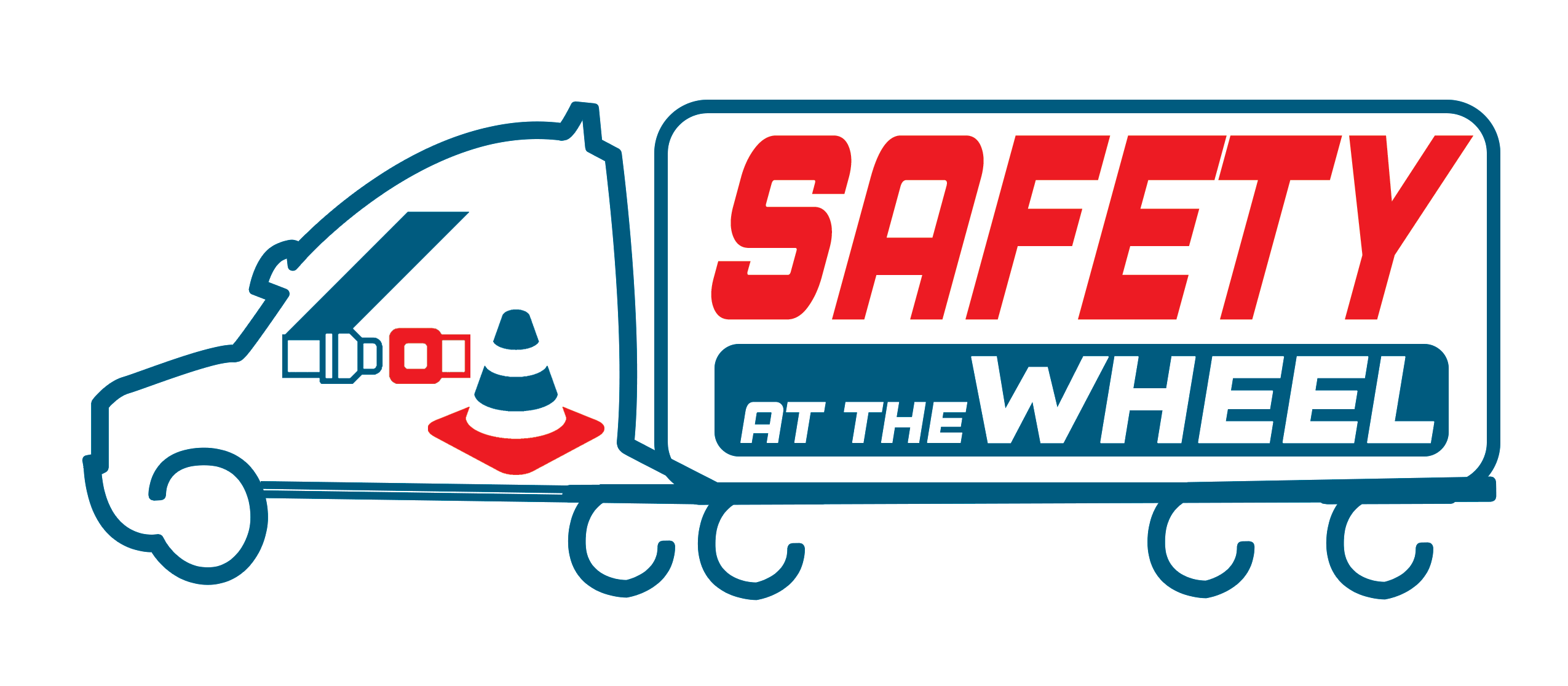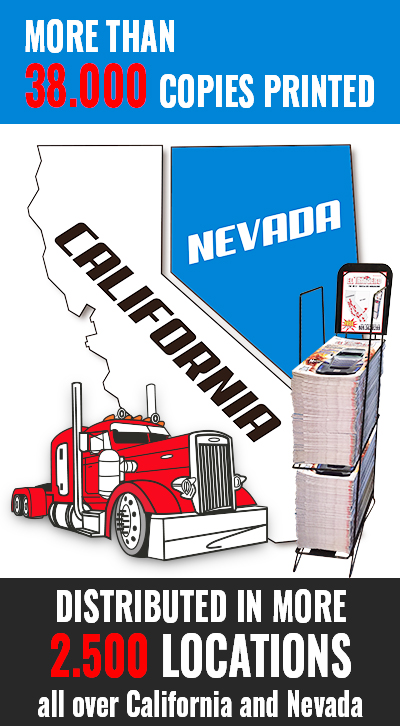 |
|
 |
Get our FREE |


The holiday season is a high-traffic period for truck drivers, marked by increased road activity, challenging weather conditions, and heightened pressure to meet tight delivery deadlines. These factors significantly raise the risk of accidents and compromise driver safety. Implementing preventive measures is crucial to ensuring road safety and regulatory compliance.
Key Risks
1. Adverse Weather Conditions: December brings rain, snow, and icy roads that reduce visibility and increase the risk of skidding.
2. Driver Fatigue: Long driving hours and demanding schedules can lead to exhaustion, impairing reaction times.
3. Increased Traffic Volume: More personal vehicles on the road due to holiday travel make safe driving more challenging.
4. Distractions: Mobile device usage and other distractions are critical risk factors.
Necessary Precautions
1. Route Planning: Identify less congested roads and anticipate potential delays caused by traffic and weather conditions.
2. Adequate Rest: Follow rest schedules as outlined by the Federal Motor Carrier Safety Administration´s (FMCSA) Hours of Service (HOS) regulations.
3. Vehicle Inspections: Check brakes, tires, lights, and heating systems before every trip. According to FMCSA daily inspection requirements, drivers must ensure vehicles are in optimal condition before hitting the road.
4. Training and Awareness: Educate drivers on defensive driving techniques and protocols for extreme weather conditions.
5. Safe Speed and Distance: Reduce speed and maintain safe distances between vehicles, especially on slippery roads.
Regulatory Compliance
The U.S. Department of Transportation (DOT) and the FMCSA strictly regulate transportation practices year-round, including during critical periods like the holiday season. Drivers must adhere to HOS rules, take regular breaks, and perform pre-trip vehicle inspections. Additionally, using mobile devices while driving is prohibited by law.
The holiday season presents unique challenges for truck drivers. Recognizing risks and adopting preventive measures can make a significant difference in road safety. Combining best practices, proper training, and regulatory compliance is essential for ensuring a safe journey during this busy time of year.
Since June, the FMCSA has required medical examiners to electronically submit commercial drivers’ physical exam re...
read more...In August, the U.S. trucking industry faced an unexpected setback: Secretary of State Marco Rubio announced the temporar...
read more...For truckers and small transportation business owners, choosing the right legal structure is not just paperwork—it...
read more...After the intensive Brake Safety Week in August, California’s compliance and highway safety calendar for the truck...
read more...

